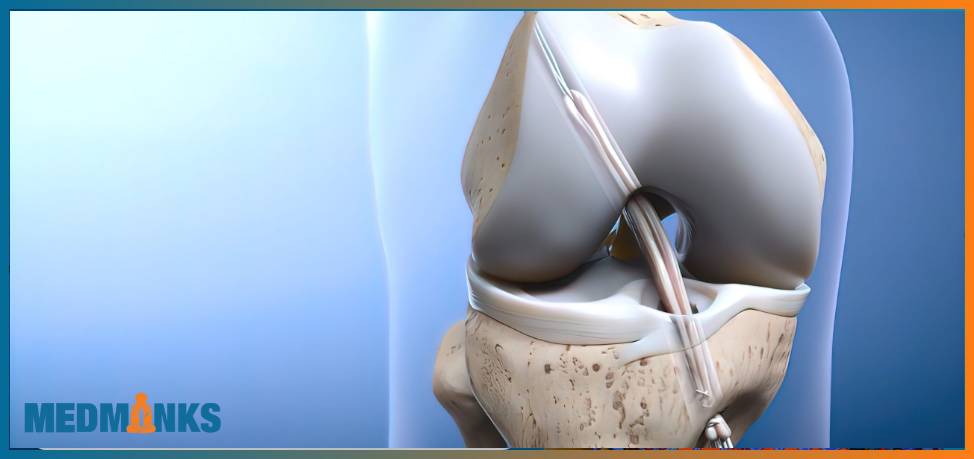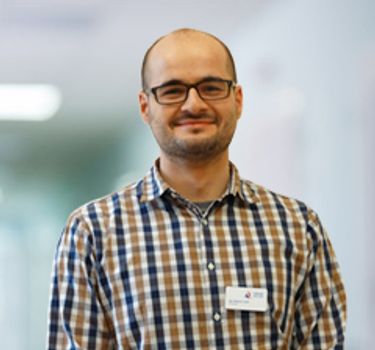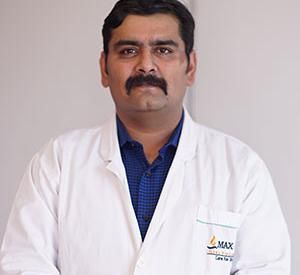Know Everything about ACL Reconstruction Surgery

An ACL reconstruction surgery is a common procedure, used for restoring the lost strength of knee ligaments. Anyone with an active lifestyle from any age group can suffer from an anterior cruciate ligament tear. In most cases, knee ligament injuries are minor and can be treated via rehabilitation therapy, but if patient’s condition fails to improve despite receiving non-invasive treatments, he/she is recommended to do under the knife.
Anterior cruciate ligament is usually caused because of sudden twisting motion, making athletes a common victim of this injury. The aggressive landing, running and steps involved in the gameplay of most sports increase the risk of sports professional suffering an ACL tear by 90% than a professional whose job doesn’t require knee strength or movement.
Suffering a knee tear is the worst nightmare of an athlete, as it has the potential of ending their career. But thanks to ACL reconstruction surgery, today they are able to recover get back to the field.
What is an ACL?
Anterior cruciate ligament aka ACL is one of the four primary ligaments which provides stable movement in the knee joint. An anterior cruciate ligamentinjury does not heal naturally if it has been torn completely. If left untreated, a torn knee ligament can cause symptoms of stability, putting the patient on complete bed rest overtime.
ACL Surgery
Surgery performed onanterior cruciate ligamentinjuries involves repairing or reconstructing of the damaged or torn ACL.
A graft is used for replacing the ligament during an anterior cruciate ligamentreconstruction surgery. The most common grafts used in the procedure are autografts that include the use of patient’s own body parts such as patellar tendon (kneecap tendon) or a hamstring tendon. Another choice would be to use allograft tissue, from a deceased donor.
Repair surgery can also be used in case of an avulsion fracture (in which the ligament and a part of bone have separated from the rest of the bone). In such cases, the bone fragment that is connected with anterior cruciate ligamentis reattached to the rest of the bone.
ACL surgery is performed by the formation of small incisions on the patient’s knee which are used for inserting miniature instruments and operate the patient (arthroscopic surgery). Some patients might also be operated via large incisions (open surgery).
Patient’s Eligibility
Age is not a factor for this surgery as anyone can experience a ligament tear, although the patient’s overall health might be analyzed for determining if they are eligible for the operation. Surgery might cause a greater risk for patients with severe medical conditions. These patients may receive non-surgical treatments and make lifestyle changes that can protect their knees from getting further damaged.
Why is ACL reconstruction surgery performed?
ACL surgery focuses on restoring the normal knee function and stability before the patient experienced a knee injury, to limit the loss of knee function, and prevent degeneration of other knee structures.
However, some ACL tears can heal using rehabilitation methods. The doctor usually decides if the patient should receive non-invasive treatment or a combination of surgery and rehabilitation therapy, based on their condition.
A patient may choose to undergo surgery if they:
Have completely torn their ACL or have experienced a partial tear that has made their knees unstable.
Have joined a rehab program but their knee is still unstable.
Live an active lifestyle or have a job which demands knee strength (like construction work, dancing, athletes etc.)
Suffer from chronic ACL deficiency that is affecting their lifestyle, preventing them from doing daily errands.
Are willing to go through an extended rigorous rehab program.
Have injured or damaged other knee parts, such as the meniscus or cartilage, or other ligaments or tendons on their knee.
A patient might choose not to have surgery if they:
Have a minor ACL tear (can heal with a few days rest and physical therapy).
Are not actively involved in sports or don’t work at a job that demands extensive physical activity.
Are willing to rest and not indulge in acts that intensify the pain, or prevent the anterior cruciate ligamentfrom healing.
Have the time, and resources to complete the rehabilitation therapy.
Have a specific medical conditions that makes surgery a dangerous option.
Arthroscopic surgery
Advances in the medical world have created technology that allows orthopedic surgeons to treat patients using minimally invasive techniques (arthroscopic) rather than open surgery.
Arthroscopic surgery can be performed under local or general anesthesia.
What happens
During arthroscopic ACL surgery, the surgeon creates multiple small incisions—around the knee. Then the sterile saline solution is pumped inside one incision of the knee to expand the opening and wash the blood from that area.
The surgeon will then inserts an arthroscope inside the other incision. A camera attached with the arthroscope will transmit pictures of the inside section of the knee to the operating room monitor.
Other incisions will be used for inserting surgical drills that will create small holes in the lower and upper leg bones where they connect and close in the knee joint. The holes will act as tunnels through which the surgeons will connect the graft.
If the patient's own tissues are being used, the orthopedic surgeon will extract a graft by making another incision on the knee.
The graft will be pulled through the holes created on lower and upper knee bones. Screws and staples are used for securing the graft in place, and the incisions are closed with medical tape or stitches. Usually, patients are kept in the recovery room for 3 – 4 hours post-surgery.
During the procedure, the surgeon might repair other damaged parts of the patient’s knee, like cartilage, other knee ligaments, menisci, or broken bones.
Post-Surgery
Arthroscopic surgery is often performed on an outpatient basis. However, open knee surgery might require a patient to stay at the healthcare center for a couple of days.
Patients are likely to feel tired for a few days. Their knee might be numb and swollen around the incisions on the knees. Some patients might even develop bruising on their shin and ankles. Most of this usually fades in a couple of days and patients will be able to walk without any pain in a few weeks.
Patients are put on physical rehabilitation for a few months or a year post Anterior cruciate ligamentsurgery. The duration of the therapy depends on patient age and overall health. Most patients are able to return to their routine activities within 6 months.
ACL Reconstruction Surgery Success Rate
Depending on the lifestyle of the patient post-surgery, the results achieved can vary. While it is essential for patients to rest after the procedure, it is also important for them to indulge in basic regular exercise to prevent their muscles from stiffening, that’s why doctors recommend patients to join a rehabilitation program.
Some patients can still experience instability and knee pain after the surgery, which in most cases, indicate a need for another procedure (revision ACL reconstruction).
Athletes and sportsmen are usually able to go back to the field within 1 year after the surgery, several famous football and basketball players have experienced ACL tear and were able to recover through Anterior cruciate ligament reconstruction surgery.
For further queries about ACL reconstruction surgery contact Medmonks healthcare.





